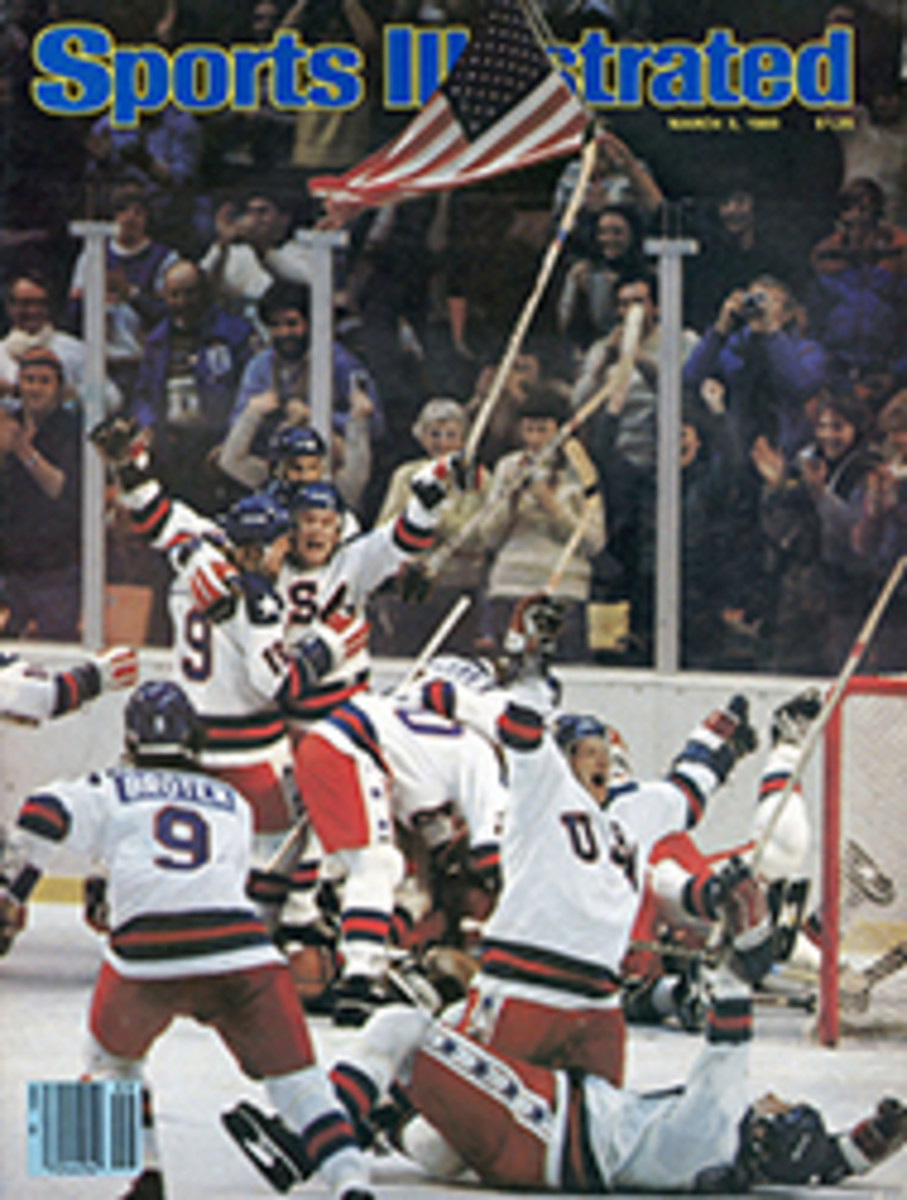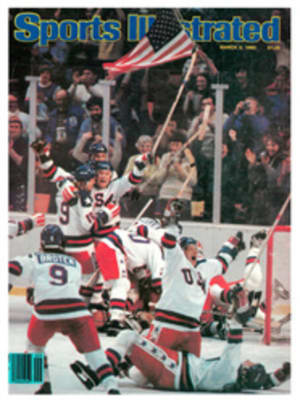
Triumph of teamwork over technology
Any sailor who puts too much faith in God or modern technology is a Grade A fool. Mare's tails and wispy cirrus in the afternoon sky foretell a weather change, but sometimes when there should be change there is none. Often when the heavens promise a brighter tomorrow, tomorrow turns out to be a real gut buster. Realistic sailors rely on men of their own kind, knowing that God in his infinite whimsy cannot always be trusted, nor can the fanciest electronic gear.
The latest of Loran C instruments, when asked, will tell a sailor just where he is and how he is progressing over the bottom. Although such machines will do just about everything except balance one's checkbook, they are afflicted by sky wave effects and internal disorders. Last year, when a boyish 40-year-old, Burt Keenan of Lafayette, La., asked a reasonable question of the modest-priced Loran instrument aboard his 51-foot racing sloop Acadia, it spit back electric sparks. Several months ago, when he asked a hard-to-digest question of the costlier, $7,000 Loran instrument aboard his new 42-foot sloop (also named Acadia), the machine flashed two words at him: "Stand by." In irritation Keenan shouted back at the uppity instrument, "Damn it, I own this boat, so don't you tell me to wait!"
Offshore Logistics, the company that Burt Keenan started 15 years ago, now has 127 helicopters and 110 workboats servicing oil-drilling operations in waters the world round. Although he is professionally dependent on modern technology and is a comparative newcomer to international yachting circuits, Keenan is wise enough to know that it is more often the quality of the crew, not the beneficence of the Lord or technological gimcrackery that makes a boat a winner.
Two years ago, in his first Acadia, he took third place in fleet in the Southern Ocean Racing Conference. Last year he was second. This year, in his new Acadia, he placed first in a strange, albeit convincing, style. He did not win any of the six races that make up the SORC circuit, but by the end of the first two, the 138-mile Boca Grande race and the 359-mile St. Petersburg to Ft. Lauderdale, in which he placed 12th and second, respectively—he led and was never headed. By the time the fleet reached Nassau, with five races done, Keenan's Acadia led her nearest rival, Tatoosh, by 37.5 points, and only two other boats out of 72 had even a slim mathematical chance of beating her. Taking 16th place in the short (27-mile) final race, Keenan finished No. 1 by a margin of 22.5 points.
Compared to most of their rivals, both Keenan and his boat are oddities—heartening examples for anyone who would like to get into serious ocean racing without spending more than $250,000 or so. Whereas most skippers lust for bigger, faster boats, Keenan's present Acadia is smaller than his first, and he has commissioned the Argentine naval architect German Frers to design him one still smaller. The current Acadia is a stock boat made of commonplace stuff. In her hull and rigging there is barely a pound of costly, exotic material—no titanium, no epoxy-saturated wood, no super laminates or honeycombing or carbon fiber or Kevlar or case-hardened peanut butter or impregnated yak hairs. Acadia is made of simple, old-fashioned glass-reinforced plastic, the same material that has been used in cruising sailboats, stinkpots and runabouts for 25 years.
Keenan's first Acadia, which in addition to its SORC honors also won the 1978 Bermuda Race, was designed by Frers, built of aluminum by Minneford of City Island, N.Y., powered by North sails, instrumented by Brooks & Gatehouse and fitted out with Barient winches. As if to prove it was the brand of men, not machinery, that counted the most, for the present Acadia, designed by Doug Peterson and built by New Orleans Marine, Keenan selected Ulmer sails, Signet instruments and Lewmar winches. His present crew of eight includes boatbuilder Tom Dreyfus, and two sailmakers, Charles Ulmer and John Kolius, the 1976 Olympic silver medalist in the Soling class. All but one crew member is professionally involved in sailing. In this high-pressure day, when most SORC crews are about as Corinthian as the Chase Manhattan Bank, such professional involvement is not at all shocking. To Keenan it makes sense. "If they don't measure up as crew," he said, "pros are easier to kick off your boat than your friends."
When Keenan and his original Louisiana troop first hit the SORC circuit two years ago, they justly earned the reputation of being funlovers on land and sometimes at sea. After crewing for them, John Marshall, a North sailmaker, observed, "They made so much noise, it was two days before I realized that they knew what they were talking about." While their record says dedication, their antic reputation persists, reinforced by such goings-on as shooting mini-rockets astern of rival boats on a non-race day and crewman Dreyfus' dramatic entrance for last year's Ocean Triangle race. After his plane's arrival in Miami had been delayed by a diversion to Orlando to unload an upset passenger, Dreyfus made it to the race with 10 minutes to spare by jumping 40 feet from a helicopter into the water beside Acadia.
Such stunts tend to obscure the fact that at sea Acadia's men hustle. In the fifth race this year, the 176-miler from Miami to Nassau, they made 10 jib changes in one three-hour period—and a total of 19 headsail changes in the whole race. And, of course, the record book shows that this hard work paid off.
Acadia is only the fourth stock hull design to win in the SORC in the last quarter century, the other three having been a Cal-40, a Ranger-37 and a Redline-41. The Acadia configuration was conceived by Peterson to afford racers an all-arounder that maintained the upwind celerity of his previous designs with improved downwind performance. Boats from the same mold as Acadia competed in the 1979 SORC with only modest success. Keenan's old, bigger Acadia was on this year's circuit, renamed Bla Carat and flying a Swedish burgee. Without the Acadia crew aboard, Bla Carat could do no better than 17th; in the last race she first hit the starting buoy and three seconds later punched a six-inch hole in a rival boat that had dead rights on her.
In one respect Acadia is quite similar to the custom whiz bombs against which she competes: her quarters below are about half the size and half as comfy as a bare Quonset hut. Bruce Kirby, the designer of the Laser class of Olympic racers, served as a guest crewman aboard Acadia in the opening two SORC races. On first going below, Kirby declared, "Any boat this uncomfortable has got to be fast."
Keenan credits part of the success of his team to the Lord on high. "You know, Southerners are an oppressed race," he says. "God takes care of us, that's why He put all the oil in Louisiana and Texas—to help us poor boys out." Certainly no one should get into ocean racing, and particularly the SORC with its whims of wind and meandering Gulf Stream, unless he is willing to gamble and frequently be unlucky.
This year there was little gear-busting weather and only one dismasting. But there was plenty of bad luck. In last Friday's Nassau Cup, the old 12-meter Heritage ran aground on a reef 30 yards in front of the starting line. In the St. Pete-Lauderdale race, after the first five classes got away in a fading northerly, the wind died altogether. As a consequence, the little Class F boats and two of the slower boats in Class E sat around the starting line for an hour and a quarter, while the rest of the fleet romped away in new winds filling in on the sea.
The fourth race on the SORC circuit, the 135-mile Lipton Cup, is often a crap-shoot. Because the triangular course takes the boats across the Gulf Stream to the Bahama shores and back again, anyone making the transit in very light air conditions is likely to be carried northward about halfway to Nantucket. Skippers who fear such consequences sail first at least to Fowey Rock, 11 miles south of the starting line, and then venture into the main Stream. Last year, while dozens of boats ventured across the Stream before coming south, the sloop Obsession went considerably below Fowey and won the race. This year Obsession took the same precaution and, along with about four dozen other boats, large and small, sat in a windless hole for more than four hours while boats that headed across earlier caught new air and could almost fetch the mark.
Eight years ago in her maiden series, the 44-foot Robin, skippered by Ted Hood, the sailmaker who designed her for himself, was third overall. Under various names and various owners over the years, she had a rather luckless time until she was reacquired two years ago by her original owner. This year she was sixth overall. Because of her advanced age, Robin now gets a considerable allowance in time, but even without it she still would have finished 10th overall this year, ahead of 18 brand-new boats that cost a total of about $3 million. In fact, Robin sailed away from the circuit this year with more prizes than any other boat. Even without her old-age allowance, she won her class overall, was first in her class in three races, was second in one and third in the other two. She won a special trophy as highest point boat over four years old, and another for lowest accumulated time for the six races within a class. In a sport where craft often live on the brink of obsolescence, like Acadia, Robin testifies to an often neglected truth: the quality of a boat counts for a lot, but the quality of the men who sail it counts for far more.
PHOTO
Acadia glides downwind in Friday's Nassau Cup finale.
PHOTO
Acadia's crew is known for high finishes, hijinks.

